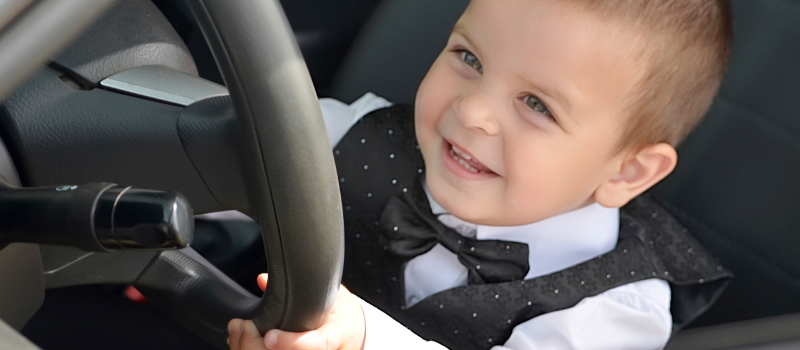Usage-Based Auto Insurance and Telematics: Lower Rates Without the “Big Brother” Effect

Introduction
Auto insurance has come a long way from one-size-fits-all policies. Today, thanks to advancements in technology, insurers can offer something far more personalized: usage-based auto insurance (UBI). Powered by telematics, this approach allows drivers to pay premiums based on how safely and how much they drive—not just on broad demographics or outdated statistics.
But let’s clear up a common misconception right away: this isn’t about surveillance or spying—it’s about savings and fairness.
What Is Usage-Based Insurance (UBI)?
Usage-Based Insurance is a model where your driving behavior influences what you pay for auto coverage. Instead of relying only on factors like your zip code, age, or credit score, your insurer uses telematics data to better assess your risk profile.
This data may include:
- Mileage driven
- Speed patterns
- Braking and acceleration habits
- Time of day you typically drive
- Location type (urban vs. rural roads)
How Does Telematics Work?
Telematics involves a small device (or a smartphone app) that gathers data about your driving. This technology has been used in commercial trucking fleets for years, and now it’s being used to help everyday drivers save money.
There are two common types:
- Plug-in devices that go into your vehicle’s OBD-II port.
- Mobile apps that track driving behavior through your smartphone.
The device records your driving and sends data to your insurance provider, typically over a trial period of a few weeks or months. After that, you may receive a personalized premium—or a discount—based on how you drive.
How It Benefits You:
- Lower Premiums for Safe Drivers
- If you avoid hard braking, speeding, and late-night drives, you’re likely to pay less. Some drivers save 10%–40% annually just by demonstrating safe habits.
- Pay-as-You-Go Simplicity
- If you don’t drive much—like remote workers, retirees, or students—you’re not penalized for being low-mileage. That’s fair pricing.
- Immediate Feedback and Safer Habits
- Many telematics programs include dashboards or apps where you can track your driving behavior and improve safety—leading to even more savings.
- Increased Transparency
- You’re no longer lumped in with risky drivers in your area. Your actual driving tells your story—not outdated or generalized risk data.
Is This “Big Brother” Watching Me?
That’s a common concern—and a valid one. But let’s break it down:
✅ You’re in control: Participation in UBI programs is almost always voluntary.
✅ Limited data is collected: Most programs track driving behavior—not personal conversations, photos, or unrelated phone use.
✅ Data is protected: Insurance companies are held to high privacy standards. They’re not selling your telematics data to third parties.
✅ You can opt out: If you’re not comfortable, you can usually stop the program without penalty (though you may lose the discount).
Think of it more like a fitness tracker for your driving—measuring habits to help you perform better and save money.
Who Should Consider Telematics?
Usage-based insurance may be a great fit if you:
- Drive less than average (under 12,000 miles/year)
- Are a safe, cautious driver
- Have a short commute or work from home
- Want to take more control over your insurance costs
- Are new to driving and looking for ways to lower your initial premiums
Final Thoughts
Usage-based auto insurance is not about spying—it’s about fairness and personalization. With telematics, your insurance premium becomes something you can actually influence with your real-life choices behind the wheel.
For many drivers, it’s a smarter, more empowering way to insure their vehicle—especially when saving money comes with the added bonus of driving more safely.
Ready to Explore Usage-Based Insurance?
If you’re curious about how much you could save, talk to your insurance agent or provider about their telematics program. It may only take a few weeks of monitored driving to unlock meaningful discounts—and finally get rewarded for the way you drive.
